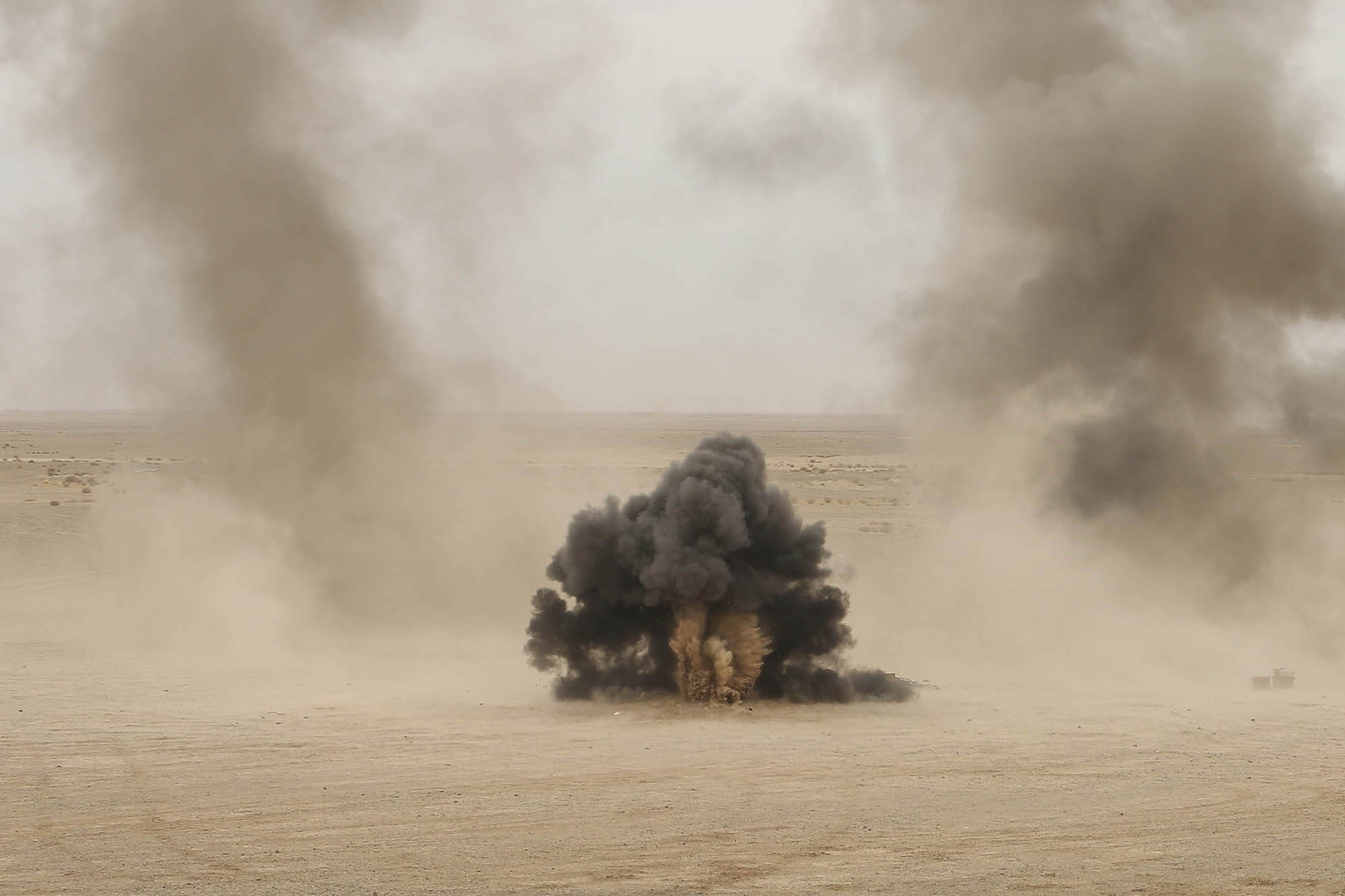The debate over how military spending impacts a country’s economy has been fiercely argued, and the results of studies trying to understand this relationship have been mixed. Early researchers ran into trouble due to inadequate time frame or country data. Others have studied only certain types of countries or periods in time, leading to results that could arguably be caused by other social, political, or economic factors. Past research, for example, was highly influenced by military spending data in the Cold War era. After the Cold War, the reduced military spending was matched with an era of strong economic growth, which provided for a very different economic environment than what was seen during periods of high military spending during the Cold War era. To overcome past limitations, this study analyzes military spending by a large and diverse group of countries over the span of 45 years, with special attention to global events that may otherwise influence major economies.
In the study, “Does military spending matter for long-run growth?,” Giorgio d’Agostino, J. Paul Dunne, and Luca Pieroni consider two main questions: (1) is long-run economic growth affected by military spending; and (2) do other types of government spending have any significant impact on economic growth? The second question is asked to identify if military spending specifically affects economic growth, or if government spending in general affects growth. To further narrow the scope of their research, the authors also break the countries down into different income levels to see if the economic growth/military spending relationship affects wealthy countries differently than less wealthy countries.
To build their study, the authors use military spending information from the Stockholm International Peace Research Institute (SIPRI) dataset. The data includes government spending on current military forces and activities including salaries, benefits, operational expenses, arms and equipment purchases, military construction, research and development, central administration, and command and support. The SIPRI dataset covers 170 countries and extends back to 1949 for most countries (1957 for some). Available data from the World Penn Table dataset restricts the authors’ starting year to 1970, but provides country-specific per capita gross domestic product (GDP), private investment, employment growth, and current GDP. This allows the authors to accurately compare a country’s military spending to its economic growth.
Their results show that increased military spending has consistently negative impacts on a country’s economic growth. This even is the case when analyzing different time periods and countries with varying GDPs, as well as when comparing military spending to other forms of government spending. When analyzing all countries together, the findings show that over a 20-year period, a 1% increase in military spending decreases economic growth by 9%. The negative economic impact is especially apparent for most countries in the “Global North,” as seen in the authors’ observation of Organization for Economic Co-operation and Development (OECD) member states. Although there was also a negative economic impact to military spending in non-OECD countries, the negative economic impact in OECD countries was much more pronounced.
CONTEMPORARY RELEVANCE
There is a popular assumption that war, or even increased military spending, will boost a nation’s economy. True, when a nation goes to war the surge of government investment into war-related industries can lead to short-term economic gains. However, these gains are short-lived, affect only certain, usually isolated, industries (“conflict industry,” “war profiteers”), and are no consolation for the long-term economic cost of war.
A study of six major U.S. wars (World War II, the Korean War, the Vietnam War, the Cold War, and the wars in Afghanistan and Iraq) finds the costs of war to negatively affect the national economy, taxes, debt, jobs, investment, and inflation. Key findings of the report show that in most wars public debt, inflation, and tax rates increase, consumption and investment decrease, and military spending displaces more productive government investment in high-tech industries, education, or infrastructure—all of which severely affect long-term economic growth rates. While military spending may offer some short-term economic benefit, after the fighting starts, and especially after it ends, the unintended consequences of military spending on the economy are severe and numerous. “War is good for the economy” is a myth.
PRACTICAL IMPLICATIONS
Economic concerns are consistently cited among U.S. voters as a top issue. Knowing a healthy economy is important to many Americans, candidates often campaign on tightening government spending, redirect funding between programs, or pitch stimulus packages promising to boost the country’s economic growth. However, when the debate pivots to national defense, questions around how military spending may affect the economy are mostly absent, as these issues are usually viewed as unrelated.
This research, however, provides substantial evidence of a direct link between increased military spending and decreased economic growth. This finding can and should contribute to debates about the merits of increased military spending, helping to re-frame it in terms of economic, not only security, concerns. Additionally, voters should question whether increased military spending, as well as military action and aid, actually provides the increased security that is often promised. Other research featured in this issue of the Peace Science Digest suggests that military support leads to a heightened risk of retaliatory terror attacks at home.
Published in collaboration with the Peace Science Digest, which summarizes and reflects on current academic research in the field of peace and conflict studies. To subscribe or download the full piece, which includes additional resources, visit their website.





















